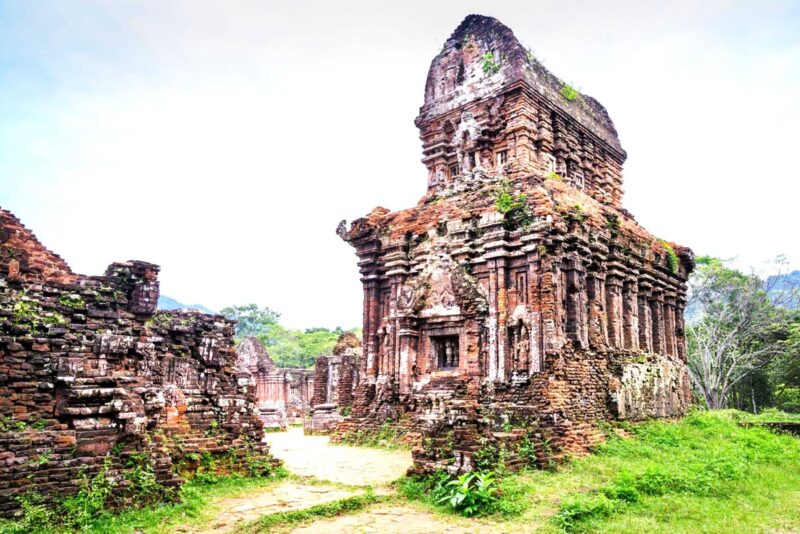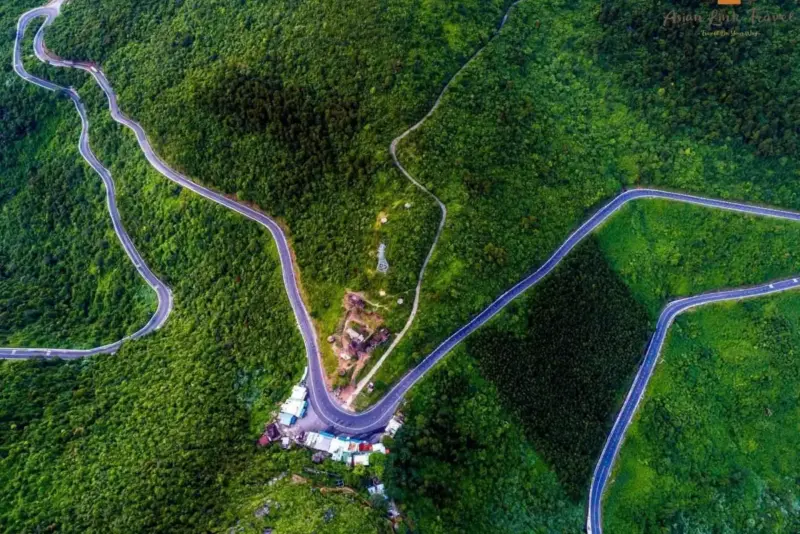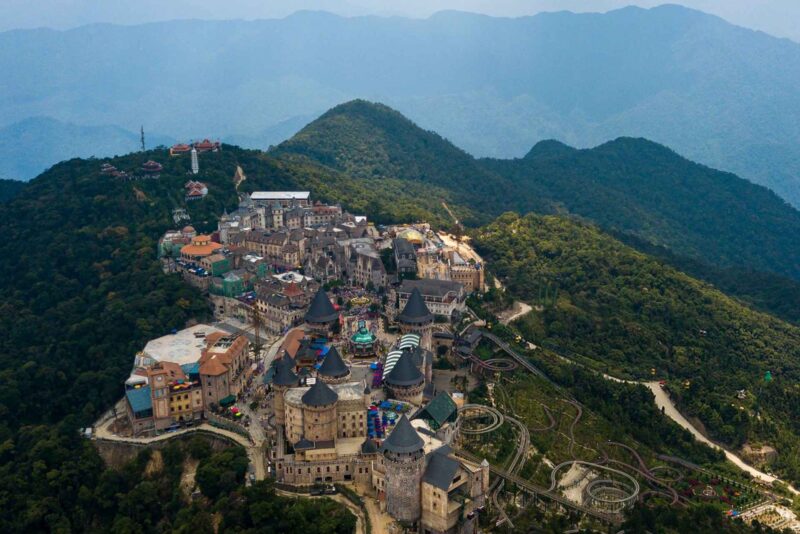Explore the Cu Chi Tunnels: Vietnam’s Historic Underground Marvel
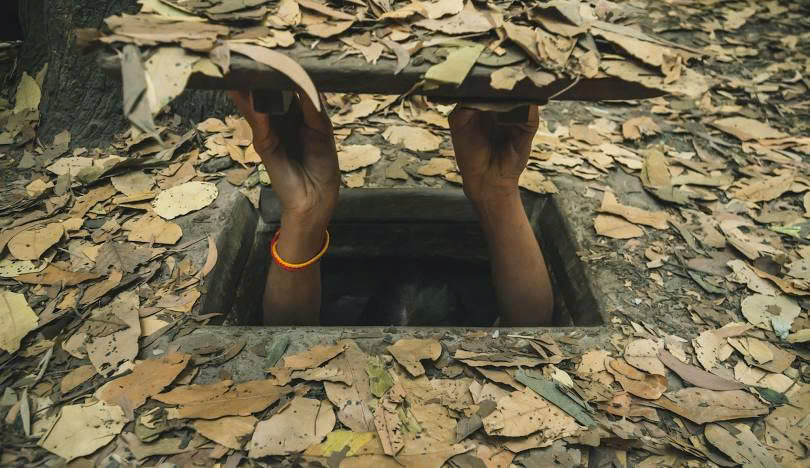
Introduction to the Cu Chi Tunnels
Just 40 kilometers northwest of Ho Chi Minh City lies one of the most significant and educational historical landmarks in Vietnam: the Cu Chi Tunnels. This expansive underground network served as a strategic stronghold during the Vietnam War and offers modern visitors a glimpse into the ingenuity, resilience, and resourcefulness of the Vietnamese people.
The tunnels are now part of a preserved war memorial complex and attract millions of visitors annually. They’re not just a tourist attraction but a national symbol of endurance, making them a vital stop for anyone seeking to understand Vietnam’s modern history.
Table of Contents
-
Introduction to the Cu Chi Tunnels
-
A Glimpse into Vietnam War History
-
Structure and Engineering of the Tunnels
-
Life Underground: Daily Survival Tactics
-
Key Highlights of a Tunnel Visit
-
Best Time to Visit
-
How to Get There from Ho Chi Minh City
-
What to Expect on Your Tour
-
Tips for First-Time Visitors
-
Cu Chi Tunnels Today: From War to Tourism
-
Cultural and Educational Value
-
Why Visit the Cu Chi Tunnels?
A Glimpse into Vietnam War History
The origins of the Cu Chi Tunnels trace back to the late 1940s during the resistance against French colonial forces. However, the network truly expanded in the 1960s, during the Vietnam War, when the Viet Cong transformed the tunnels into a complex system for guerrilla warfare.
Spanning over 250 kilometers at their peak, the tunnels played a critical role in the conflict. They allowed soldiers to move undetected, store supplies, plan attacks, and survive bombings. Entire communities operated underground for years — a testament to the endurance of the Vietnamese spirit.
Structure and Engineering of the Tunnels
Visitors are often amazed by the complexity of the tunnel system. These weren’t just narrow crawl spaces; they were a fully functioning infrastructure, including living quarters, hospitals, command centers, kitchens, and storage rooms.
The tunnels were constructed on multiple levels to withstand bombing raids and floods. Ventilation shafts disguised as termite mounds, booby traps, and hidden entrances made detection nearly impossible. The underground layout also featured trap doors and emergency exits that allowed soldiers to outmaneuver enemy forces.
Life Underground: Daily Survival Tactics
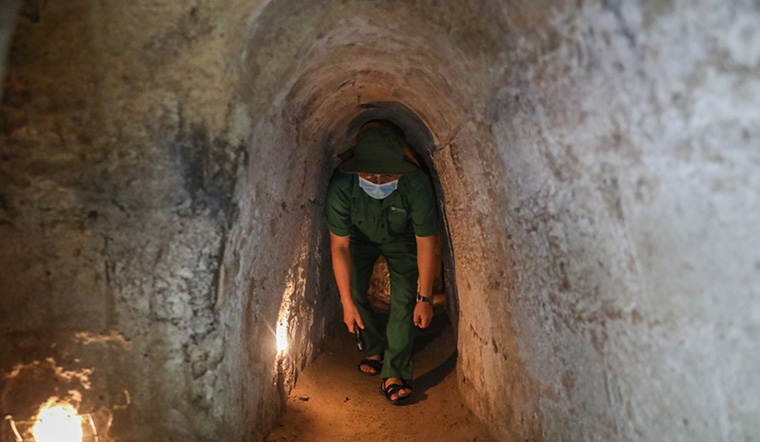
Life in the tunnels was challenging and required immense physical and mental strength. Soldiers and civilians endured heat, humidity, darkness, insects, and food shortages. They developed unique ways to cope, from using smoke-dispersal techniques in kitchens to digging wells for clean water.
Despite the harsh conditions, tunnel dwellers organized schools, medical treatment, and even childbirth underground. These stories of resilience add a deeply human dimension to the historical significance of the site.
Key Highlights of a Tunnel Visit
A visit to the Cu Chi Tunnels offers far more than just walking through narrow passageways. Here are some features you’ll encounter:
-
Hidden Entrances: Try spotting and squeezing through the camouflaged tunnel openings — they’re surprisingly small!
-
Weapons and Trap Displays: See real examples of booby traps and guerrilla warfare weapons used during the war.
-
Underground Sections: Experience short stretches of tunnel customized for tourists (less narrow and with lighting).
-
Historical Exhibits: View photos, diagrams, and relics that explain the site’s importance in Vietnam’s struggle.
-
Firing Range: For an extra fee, you can fire historical weapons such as AK-47s at the shooting range.
These elements help bring the war-era history to life and are especially eye-opening for those unfamiliar with Vietnam’s past.
Best Time to Visit
The Cu Chi area experiences a tropical climate with two main seasons: dry and wet. The best time to visit is from December to April, during the dry season, when humidity is lower, and outdoor exploration is more comfortable.
Early mornings are ideal to avoid the midday heat and large tourist groups. Weekdays also tend to be less crowded than weekends.
How to Get There from Ho Chi Minh City
There are several ways to reach the Cu Chi Tunnels, each catering to different travel preferences:
-
By Tour Bus: Most convenient option, with guided tours that include hotel pickup, entrance fees, and a knowledgeable guide.
-
By Motorbike: For adventurous travelers, rent a bike and follow the route via National Highway 22.
-
By Private Car or Taxi: Offers more comfort and flexibility, especially for families or groups.
-
By Boat: A scenic and less common method, taking a speedboat along the Saigon River to Cu Chi.
Whichever method you choose, the journey itself offers glimpses of rural life just beyond the city limits.
What to Expect on Your Tour
Most tours begin at either the Ben Dinh or Ben Duoc tunnel sites. Ben Dinh is more tourist-oriented, with widened tunnels and paved paths. Ben Duoc, farther from the city, provides a more authentic, less commercialized experience.
You’ll receive a guided explanation of how the tunnel system operated, followed by an optional tunnel crawl experience. Exhibits and short documentaries provide additional context. Tours typically last 3–5 hours and include time for exploring the grounds.
Bring sunscreen, water, and comfortable clothes. If you plan to enter the tunnels, light clothing and sturdy shoes are a must.
Tips for First-Time Visitors
-
Claustrophobic? Skip the tunnel crawl and enjoy the surface exhibits.
-
Photography is allowed, but avoid flash in dark areas to preserve visibility for others.
-
Stay hydrated — tropical heat can be intense.
-
Bring cash for souvenirs, tips, or optional activities like the shooting range.
-
Respect the site as a place of remembrance and learning.
These tips will ensure a smoother and more respectful experience for everyone.
Cu Chi Tunnels Today: From War to Tourism

What was once a battlefield is now a place of peace and education. The transformation of the Cu Chi Tunnels into a major tourist site reflects Vietnam’s commitment to sharing its history with the world.
The site has been carefully maintained to preserve its authenticity while also ensuring safety for visitors. Interpretive signage, multilingual guides, and interactive elements make it accessible to both local and international travelers.
More importantly, it stands as a powerful reminder of what a nation can endure and overcome.
Cultural and Educational Value
The Cu Chi Tunnels are more than a tourist destination — they’re a classroom of history and culture. Schools, veterans, researchers, and curious travelers come here to understand a chapter of the 20th century often overlooked in textbooks.
For younger generations and international visitors, it’s an eye-opening opportunity to learn about the complexities of war and the extraordinary resilience of the Vietnamese people.
The site also honors those who lived and died here, making it a place of memory and reflection.
Why Visit the Cu Chi Tunnels?
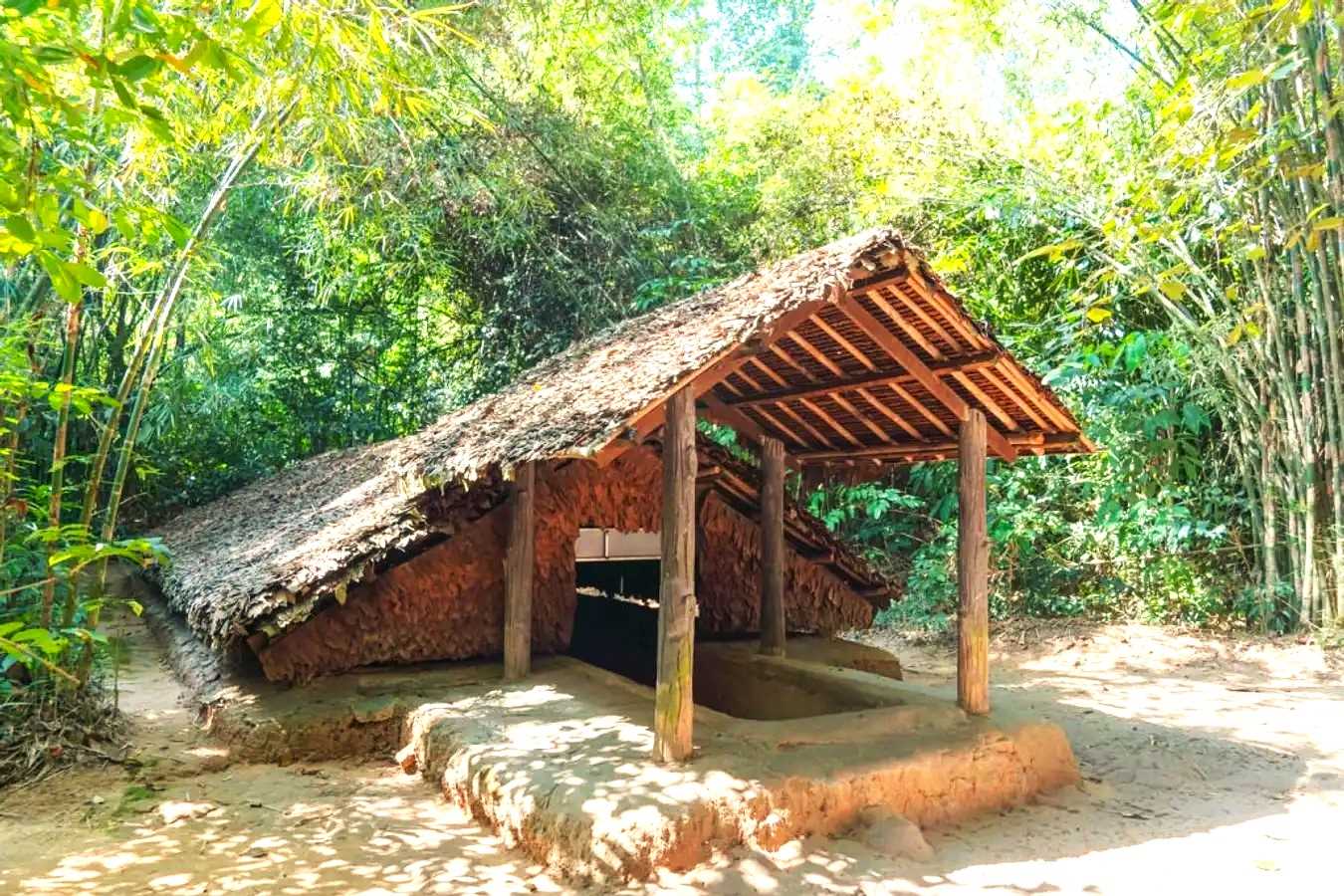
This iconic site is not just about military tactics or historical facts. It’s about human resilience, strategic genius, and national identity. Visiting the Cu Chi Tunnels allows you to walk — quite literally — in the footsteps of history.
Whether you’re fascinated by military history, cultural heritage, or simply looking for an immersive experience near Ho Chi Minh City, this site delivers. It adds depth to any Vietnam itinerary and helps you better understand the spirit of the Vietnamese people.
Pairing a tunnel tour with visits to other historical landmarks like the War Remnants Museum or Independence Palace offers a well-rounded perspective on the country’s past.
Few travel experiences are as sobering, educational, and memorable as a visit to the Cu Chi Tunnels. It’s a journey into the heart of Vietnamese history, a story told through soil, sweat, and survival.
For travelers seeking authenticity and insight, this site offers both. It connects you with the stories of those who lived underground in pursuit of freedom — a powerful and humbling reminder of human endurance.
As you emerge from the tunnels into the sunlight, the weight of history lingers — and perhaps, you’ll carry a deeper respect for the people and nation that built them.

